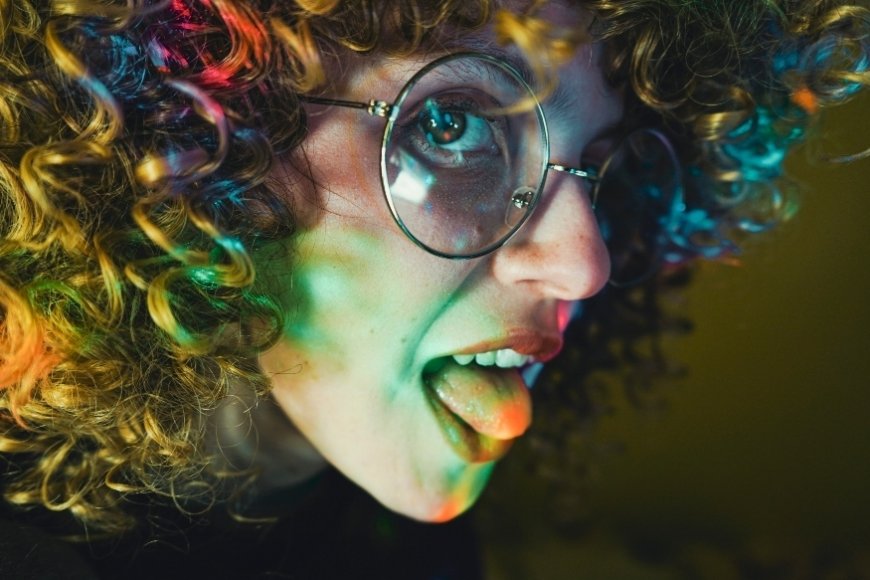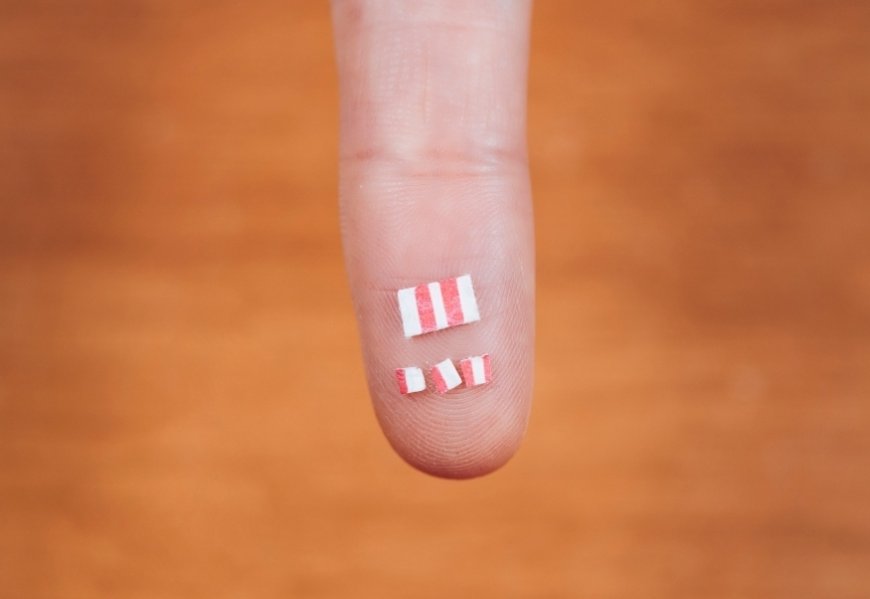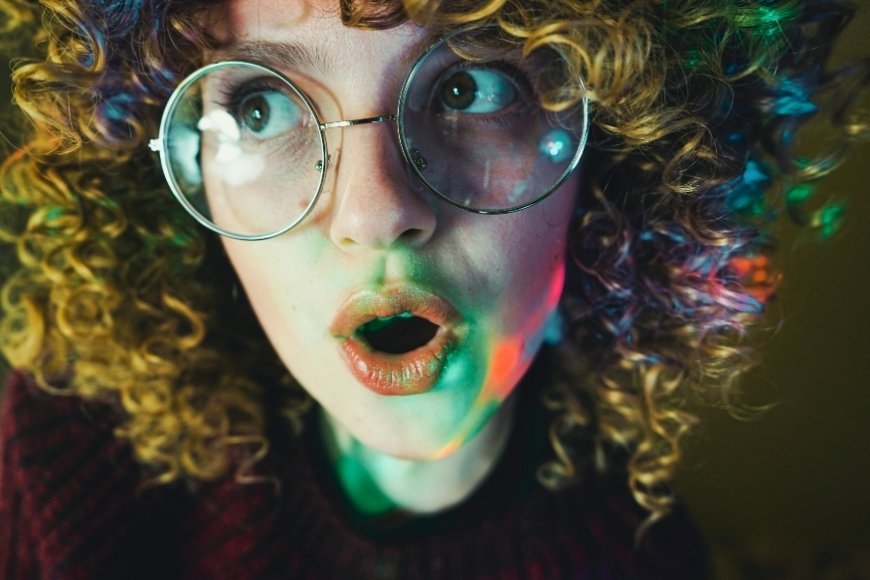How to Take LSD

Taking LSD is a unique experience that can be both rewarding and challenging. Before taking this powerful psychedelic, it's important to understand the effects of lsd, determine an appropriate dosage for your needs, choose a delivery method that works best for you, prepare yourself mentally and physically in order to take lsd safely and manage any potential side effects afterwards. In this article we will explore all aspects of how to take lsd responsibly so you can have the most positive experience possible. From understanding what LSD does to learning how to integrate your experiences afterwards - get ready for an informative journey into psychedelics.
Table of Contents:
- Understanding LSD
- Determining Dosage
- Choosing Delivery Method
- Preparing Environment
- Taking LSD Safely
- Managing Side Effects
- Integrating Experience
- Conclusion
Understanding LSD
LSD, a potent psychedelic derived from lysergic acid, is capable of inducing remarkable modifications in consciousness. It produces profound changes in consciousness, including altered perceptions and feelings, increased awareness of one’s environment, and a deep connection to the spiritual world. LSD has been used for centuries as an aid to meditation, spiritual exploration, and healing rituals.
In order to ensure one's experience is optimal and without any adverse effects, it is paramount that users of liquid forms of LSD recognize the potency decrease caused by exposure to light or heat. For this reason, individuals tend to opt for lower doses when using a liquid form in order to safeguard against mistakenly ingesting larger amounts due to decreased effectiveness resulting from improper storage conditions such as being left in direct sunlight or exposed too much heat.
Sublingual administration (placing it underneath the tongue) can result in a more expedited absorption than oral consumption, necessitating smaller doses due to its rapid onset. Smoking on foil produces an immediate effect but dissipates quickly.
Gaining insight into the implications of LSD is a fundamental component in making an informed decision on its appropriateness for you.
Determining Dosage
Considering LSD dosing can involve numerous elements, it is essential to be aware of them prior to any use. The amount of LSD taken can be contingent upon the experience sought and one's tolerance. It is important to research the effects of different doses before attempting an experience with this powerful psychedelic drug.
For the inexperienced, starting with a small dose of 10-25 micrograms is advised to minimize potential risks. This dose may be increased slightly as one becomes more experienced with the substance and builds up a higher tolerance level. Those who want a stronger trip may opt for larger amounts in the range of 25-50 micrograms, although it should be noted that these higher doses come with greater risks including bad trips and other negative side effects such as anxiety or paranoia. For those seeking therapeutic benefits from psychedelics, lower doses between 5-20 micrograms have been shown to produce beneficial results without many adverse reactions associated with larger amounts.
Therefore, it is advisable to exercise caution when taking LSD. Furthermore, liquid forms of LSD usually contain higher concentrations than other delivery methods such as blotter paper making them more potent and thus necessitating smaller dosages when ingested orally or sublingually (underneath tongue).
Overall, determining dosage requires careful consideration before taking any form of psychedelic drug whether for recreational or therapeutic purposes. Knowing what you’re getting into beforehand can help ensure that your experience will be safe and enjoyable while avoiding potential pitfalls along the way.
Determining the right dosage of LSD is essential for a safe and enjoyable experience. It is crucial to comprehend the varying impacts of various administration techniques on your journey prior to deciding.
Choosing Delivery Method
When it comes to choosing a delivery method for LSD, there are two primary options: blotter paper and liquid. When it comes to selecting a form of LSD, there are pros and cons that should be thought through before settling on one.
Blotter paper is the most common form of LSD delivery. It consists of small pieces of perforated paper that have been soaked in liquid LSD. This method allows users to accurately measure their doses with relative ease, as each piece contains an exact amount. The downside is that the acid can quickly degrade when exposed to air or light, reducing its potency over time. Additionally, some people find the taste unpleasant and may experience nausea if they don’t take it on an empty stomach.
Liquid LSD is a viable option for those who want to have more control over their dose size or don't fancy chewing anything down before taking it. This form of acid usually comes in vials or droppers, allowing users to precisely measure out the amount they're ingesting without any waste; however, its higher water content means that it can quickly lose potency and some people may find its bitter taste hard to swallow.
When it comes to choosing the right delivery method for LSD, there are many factors to consider. Now that you have determined the mode of consumption, it is essential to create an atmosphere suitable for a secure and gratifying journey with this potent hallucinogenic.

Preparing Environment
Creating a comfortable and secure setting for taking LSD is essential to ensure the safety of all involved. When crafting a space for taking LSD, certain important elements should be taken into account to ensure safety and comfort.
First, it’s important to create a safe space with minimal distractions. This could include turning off phones, TVs, and other electronic devices; dimming or eliminating any bright lights; and creating a quiet atmosphere with soothing music or nature sounds in the background. It’s also important to make sure that everyone who will be present during the experience is aware of what they can expect beforehand so they can better prepare themselves mentally and emotionally.
Second, it’s crucial to establish clear boundaries around the use of psychedelics like LSD as well as any other substances being used (e.g., alcohol). Everyone should agree on guidelines such as not driving after using these substances and avoiding potentially dangerous activities like swimming or climbing trees while under their influence.
Having someone to act as a sober supervisor (the sitter) is strongly advised when experimenting with psychedelics such as LSD, due to their powerful effects. This person can provide emotional support if needed and keep an eye out for any potential issues that may arise from consuming these substances in large doses (microdosing is generally considered safer). Additionally, having access to medical assistance nearby should be arranged beforehand in case something goes awry during the trip.
Before taking LSD or any other psychedelic, it is important to be informed about the potential effects and how they may impact one's body. Exploring dosage amounts and microdosing approaches for LSD can give an idea of the kind of experience that could be anticipated when taking this potent psychedelic. By establishing a supportive atmosphere, you can help minimize the risk of experiencing anxiety or paranoia during your LSD journey.
Once you’ve done your research into LSD, it’s time to decide which form of the substance you want: liquid drops or small tabs called “blotters”? Liquid LSD remains active longer than blotters so users should be aware that their experience could last up hours after ingesting it whereas blotter tabs typically wear off within four hours or so. When deciding on a dose size, lower doses tend to produce milder psychoactive effects while higher doses often result in more intense experiences – both good and bad trips.
It is important to take the time and create a safe, comfortable environment before taking LSD. Having a secure, calming setting is crucial before partaking in LSD; thus it's necessary to be informed of the correct way to ingest this potent hallucinogen.
Taking LSD Safely
Exploring the hallucinogenic properties of LSD responsibly is paramount if one desires to benefit from its effects. Knowing the amount and type of dose to ingest, as well as getting ready for the journey, are both essential elements in safely enjoying LSD.
Prior to consuming LSD, it is vital to explore the substance's properties and associated perils. This includes understanding its effects and potential risks associated with using it. Researching the history of LSD can also help give insight into its therapeutic potential. Additionally, researching different methods of delivery such as liquid LSD or microdosing will help determine which method works best for you.
Once an individual has done their research they can then move onto determining dosage levels. Low doses provide mild psychoactive effects while higher doses produce more intense experiences and visuals; however, high doses increase the risk of experiencing bad trips or other adverse reactions so start small until one understands their own tolerance level better. Generally speaking lower doses tend to be most suitable for recreational use while higher doses may be beneficial when used in conjunction with psychedelic therapy or other therapeutic agents under professional supervision only.
Managing Side Effects
The possible consequences of consuming LSD may be wide-ranging, varying from mild to extreme. It is essential that users of LSD are knowledgeable about the possible risks and how to manage them in case they occur.
Perceiving unreal visuals, tactile sensations and auditory illusions are among the common consequences of LSD use. These changes in perception can cause confusion and disorientation which can lead to feelings of fear or panic. To help manage these symptoms it is important to remember that the effects are temporary and will eventually pass; focusing on slow deep breaths while reminding oneself that this too shall pass can be helpful in calming down during a difficult trip.
In the event of a rapid heartbeat or high blood pressure while under LSD's influence, it is essential to take action immediately. Sitting down, drinking water and abstaining from stimulants such as caffeine or nicotine until one's body has had time to reset are all viable solutions for managing this side effect. To ensure that no further complications arise, it would be wise to monitor one's vitals during this period and remain vigilant in taking precautionary measures.
Taking breaks between sets of LSD can help reduce the chances of unpleasant experiences caused by over-stimulation, as well as provide better control over dosage amounts. Furthermore, to combat any nausea and vomiting which could lead to dehydration, it is recommended that users sip water frequently throughout their trip. This will ensure they remain hydrated despite any bouts with vomiting they may have along the way.
Finally, having a trusted friend present during your psychedelic journey can help provide emotional support should anything unexpected occur during your trip. Having someone you trust nearby providing reassurance helps keep fears at bay, allowing you to feel safer exploring within yourself without worrying about what might happen next; instead, you can focus solely on enjoying all aspects of your inner exploration fully.
Handling potential reactions is a significant part of the psychedelic experience, and with correct precautions it can be an enjoyable and safe voyage. Integrating this experience into everyday life can help to ensure long-term benefits from these substances.

Integrating Experience
Integrating an LSD experience into everyday life can be a challenge. It's essential to contemplate and reflect on the experience in order to reap its rewards. Processing what happened during a psychedelic journey can help people gain insight, perspective, and clarity that they may not have had before.
One way to integrate an experience is by journaling about it. Writing down thoughts and feelings while they're still fresh can help people recall details later on when reflecting back on their trip. This also gives them something tangible that they can look back on for further reflection or if they want to revisit certain moments or ideas from their experience.
Talking with others who have taken psychedelics is another great way to process an experience. Having someone who understands the nature of psychedelics and has gone through similar experiences themselves makes for a great sounding board for sharing stories, ideas, insights, or any other reflections one might have after taking LSD. Chatting with confidants or relatives may be advantageous if both conversing individuals show regard for each other and recognize that everyone's individual voyage is legitimate regardless of what anyone else says about it.
Grounding the revelations gained from psychedelics in our physical reality is essential for integrating them into everyday life. To do this, one can take advantage of nature's offerings and spend time outdoors - whether it be going on a hike, taking a dip at the beach or lake, or camping under starry skies. By actively engaging with the natural world around us, we bring our insights to fruition instead of letting them remain abstractly confined within our minds without practical application.
Finally, practicing mindfulness techniques such as meditation or yoga are effective ways to keep present-moment awareness alive even when we're not actively tripping so that we don't forget all those amazing realizations we made while under the influence of psychedelics. Mindfulness practices allow us to stay connected with ourselves throughout daily activities which helps ensure that lessons learned during trips become part of our lives instead of fading away like distant memories once sobriety returns again post-trip.
Conclusion
The experience of taking LSD can be incredibly rewarding and meaningful if done safely. It is important to understand the drug, determine a safe dosage, choose an appropriate delivery method, prepare your environment properly, take it responsibly and manage any side effects that may arise afterwards. With this knowledge in hand you are now ready to take lsd on a journey into yourself with confidence.






































































































































